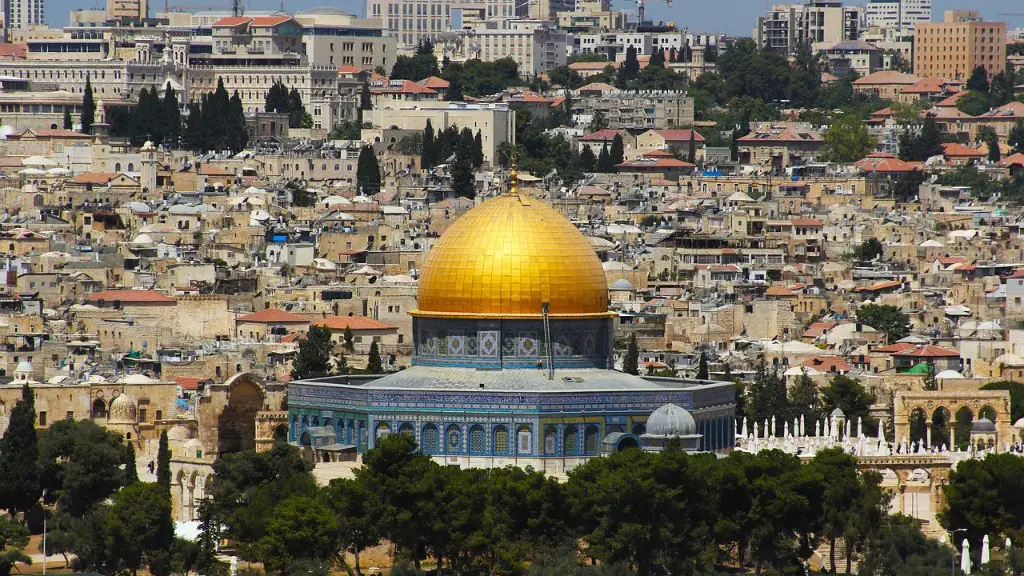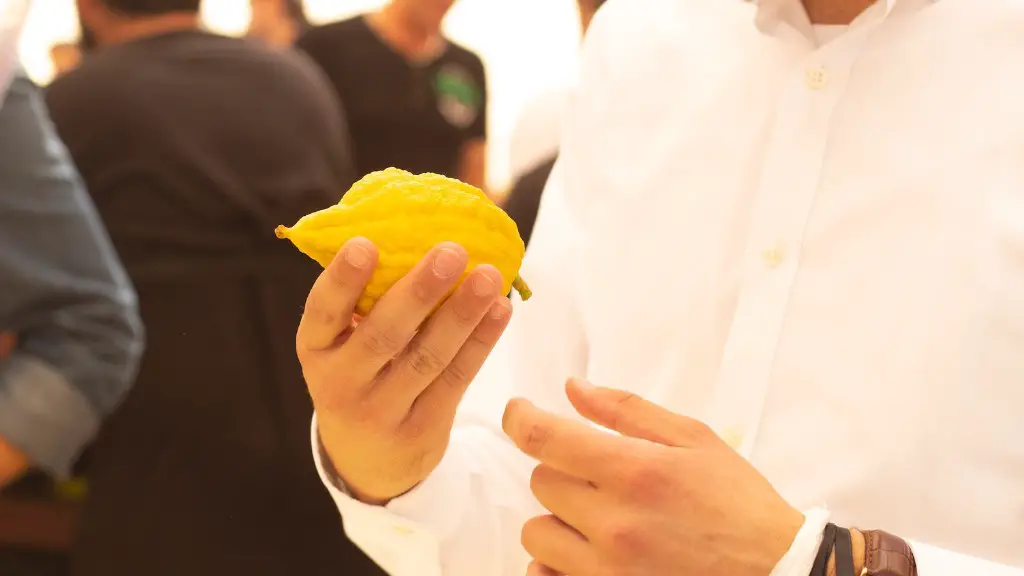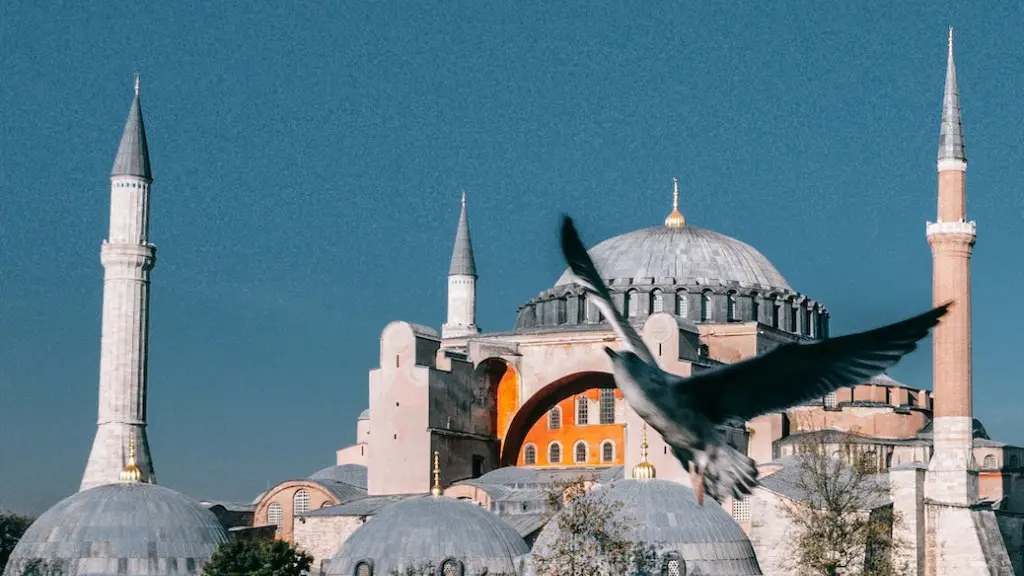Overview of Judaism and its Rituals
Judaism is a monotheistic religion that has been in existence for thousands of years. The faith originated from the teachings and practices of the Hebrews, who believed in the one God and placed him at the center of their beliefs and culture. This faith is based upon the Five Books of Moses or the Torah, which Jews still read and study today. Followers of the religion practice a variety of rituals and traditions, many of which have been passed down for centuries.
Many people associate Judaism with its rituals, but understanding their importance to the faith is essential. These rituals serve as reminders of the divine and help bring the Jews closer to their spiritual goal of understanding and connecting with God. They are also symbolic of the shared values and experiences of Jewish life. Furthermore, religious festivals, holidays, and ceremonies are designed to bring the entire Jewish community together in celebration.
The Shabbat and Jewish Holidays
One of the most important rituals in Judaism is the observance of the Shabbat on Friday night. This is usually celebrated with a festive meal, and many Jews also attend services at their local synagogue. This day of rest recalls the seventh day of creation, when God rested and gave the Jews a day of rest from their labours.
Jewish holidays are placed at a specific time of the year, recognized by the Jewish calendar, and are accompanied by a variety of rituals. Passover and Sukkot are two of the most important Jewish holidays, and both involve recurring rituals such as the use of a special cups or dishes for the service, the recitation of prayers and blessings, and the waving of four species of plants.
The practice also includes the celebration of Bar and Bat Mitzvahs, which celebrate a young adult’s entrance into the responsibilities of adulthood. The ceremony involves reciting traditional prayers, reading from the Torah, lighting a special candle and singing traditional Jewish songs.
Life Cycle Rituals
Judaism also contains many rituals that mark the major stages of life. Circumcision is an important ceremony performed shortly after a baby is born and is carried out by a mohel, a Jewish professional appointed to perform the practice. This act signifies the baby’s entry into the covenant between God and his people, and the ceremony is an important part of Jewish life.
Other life cycle rituals follow, such as the Brit Milah, or naming ceremony, which is held on the eighth day after a baby boy is born. Baptism of adult converts and the coming of age ceremony for girls, known as a Bat Mitzvah, are also celebrated with a variety of rituals.
The rituals of Judaism serve an important purpose for believers. Regardless of the particular ritual or tradition, these acts are intended to strengthen the connection between the Jewish people and their God. People of the Jewish faith are able to express their devotion to God through religious practices that often span centuries.
The Kiddush and Havdalah Rituals
The Kiddush and Havdalah ceremonies are two common rituals performed in the Jewish faith. During the Kiddush, the Shabbat is blessed with wine and bread to bring its sanctity into the household. This is followed by a Havdalah, a ceremony used to signify the end of the Shabbat. During this ritual, a special cup filled with wine is shared amongst all those present, accompanied by blessings and special prayers.
Throughout Jewish history, the Kiddush and Havdalah ceremonies have served as a way to mark the passing of the Shabbat and to bring its spiritual sanctity into the home. This is an important part of many Jewish households and serves as a reminder of the importance of prayer, relaxation and family in the Jewish faith.
The Ceremony of the Seder Meal
The Seder meal is a ritual observed at Passover that commemorates the freedom of the Jewish people from slavery in Egypt. This ritual is typically held on the first two nights of the Passover holiday and includes a variety of elements. One important part of the ceremony is the recitation of the Haggadah, a book which outlines the story of the Exodus from Egypt. The meal typically includes symbols such as a roasted egg to signify spring and the bitterness of slavery and parsley and salt water to signify the tears shed during their bondage.
The Seder meal is an important part of the Passover tradition, and it is used to not just retell the story of the Exodus from Egypt, but also to experience it and reflect upon its relevance in modern times. It is an important bonding ritual amongst families, communities, and the entire Jewish people.
Wedding Ceremonies
The wedding ceremony is one of the most meaningful rituals in Judaism. This event marks not just the union of two people, but their affirmation of their commitment to God, their faith and each other. Many of the traditional elements of the ceremony still remain, such as the reciting of the seven blessings and the circling of the wedding canopy or chuppah, where the bride and groom recite their vows.
The wedding ceremony is filled with symbolism and reminds us of the importance of love, commitment and marriage. It also serves to bring together all members of the community in celebration and reinforces the concept of people living in harmony with one another and with God.
B’nei Mitzvah
The B’nei Mitzvah ceremony marks the entrance of a young person into Jewish adulthood. The age of the B’nei Mitzvah varies depending on the Jewish community and family but is typically around 13 for boys and 12 for girls. This ceremony is a celebration of the young person’s growth and commitment to the Jewish faith and includes the recitation of prayers and the reading of a Torah portion.
The B’nei Mitzvah ceremony serves as a milestone to celebrate the coming of age of young people, as well as their commitment to the Jewish faith. It is a time for the entire Jewish community to come together and celebrate the spiritual growth of the young person.
Traditional Observances of Mitzvot
In addition to the rituals and ceremonies discussed here, there are also the traditional observances of mitzvot. The mitzvot are 613 commandments found in the Torah that Jews strive to fulfill. These commandments can range from observing certain practices, such as keeping the Sabbath, to refraining from certain activities, such as murder. The mitzvot are designed to bring the Jews closer to God and to live in accordance with his wishes.
These mitzvot are an important part of Judaism, and following them helps to bring the faithful closer to God and to the teachings of the Torah. When Jews observe these commandments, they are showing their commitment to living a righteous and holy life.
Symbolism of Judaisms Rituals
The rituals of Judaism are important ways for people of the faith to express and reaffirm their connection with God and other members of the faith. They also serve as symbols of belonging, as they help to unite Jews from different backgrounds and era’s in celebration. Furthermore, the traditions help to keep alive the history and culture of the Jewish community and to pass these lessons down to future generations.
Rituals are powerful expressions of faith and help to bridge the gap between the physical and spiritual realms. Through the practice of these ancient rituals, Jews can show their devotion to God and keep their faith alive in the modern world.



